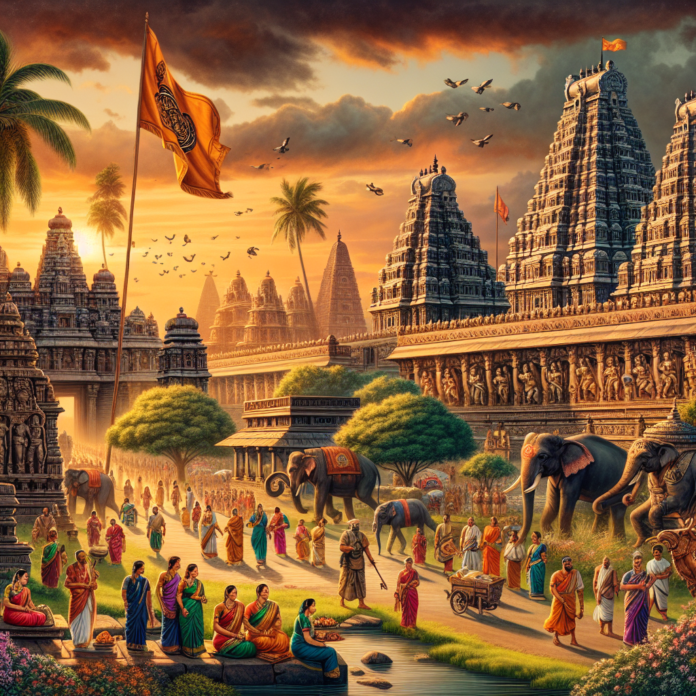One of the most important dynasties of Indian history is the Kakatiya Dynasty. It ruled the area of today’s Telangana, Andhra Pradesh, in southern India. The Kakatiya Dynasty was known for its architectural wonders, military prowess and patronage of arts and culture. In this article we will examine the Kakatiya’s legacy in India and its significance.
The Kakatiya Dynasty dates back to the 12th century, when Prola Raja established his capital in Hanamkonda, near Warangal today. Rudrama Dev, the only queen regnant, ascended on the throne 1262. The dynasty was at its height under her rule. Rudrama Devi, a talented ruler and patron of the arts who ascended the throne in 1262, was the dynasty’s zenith.
The military might of the Kakatiya Dynasty is one of its most notable achievements. Kakatiya rulers are known for having a formidable army, and the ability to successfully repel external invasions. They established their dominance in the region by defeating the Cholas and Yadavas. To protect their kingdom, the Kakatiya rulers built a powerful network of forts.
The Kakatiya Dynasty is also known for their architectural achievements. Warangal Fort was the largest stone fortress constructed by Kakatiya rulings. The fort’s intricate carvings and stone walls are renowned. The Thousand Pillar Temple is another architectural wonder of the Kakatiya Dynasty. It is an amazing example of Kakatiya Temple architecture.
Kakatiya Dynasty is known for its achievements in architecture and military. It was also a patron of arts and cultures. The rulers of this dynasty are known for their support to literature, poetry and music. The Kakatiya dynasty was a great patron of Telugu Literature. Many works of literature and poetry were produced under their rule. The dynasty was also responsible for the development of classical forms of dance such as Kuchipudi.
The Kakatiya dynasty’s legacy is still relevant today. It played a key role in defining the culture and history of southern India. The architectural wonders, military might, and patronage for the arts of the dynasty have had a lasting effect on the region.
Studying the Kakatiya Dynasty will help UPSC candidates understand the history of medieval India. UPSC examinations often contain questions related to the Kakatiyadynasty. These are usually found in the culture and history sections. Aspirants need to be familiar with the key features of the Kakatiya Dynasty. These include its military achievements and architectural marvels.
As a conclusion, I would like to say that the Kakatiya Dynasty represents India’s rich culture and history. The dynasty’s rich legacy continues to inspire, captivate, and influence us. Their contributions to military, architecture, art, and culture have made an indelible impact on India’s history. As UPSC candidates, it’s important to understand and appreciate the Kakatiya dynasty as it represents an important chapter of India’s history.
